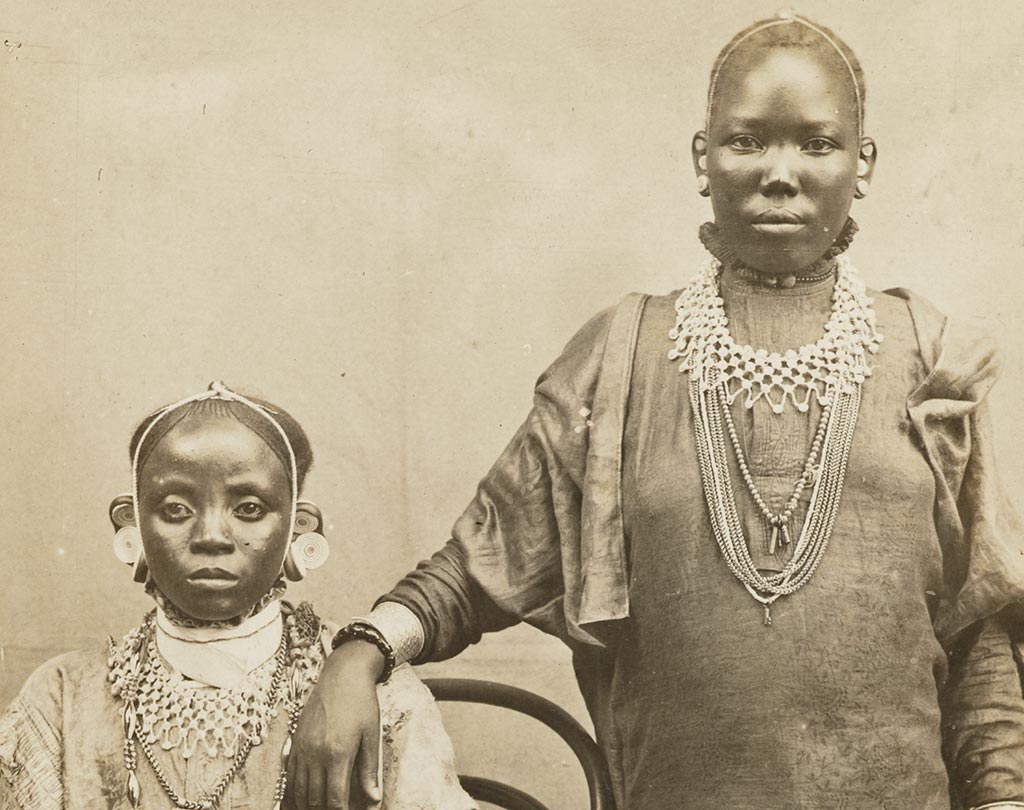Warning: Illegal string offset 'alt' in
/data/indian-ocean.nmafa/htdocs/wp-content/themes/nmafa/page-masonry.php on line
49
Warning: Cannot assign an empty string to a string offset in
/data/indian-ocean.nmafa/htdocs/wp-content/themes/nmafa/page-masonry.php on line
49
Warning: Illegal string offset 'url' in
/data/indian-ocean.nmafa/htdocs/wp-content/themes/nmafa/page-masonry.php on line
49
Warning: Cannot assign an empty string to a string offset in
/data/indian-ocean.nmafa/htdocs/wp-content/themes/nmafa/page-masonry.php on line
49
Warning: Illegal string offset 'alt' in
/data/indian-ocean.nmafa/htdocs/wp-content/themes/nmafa/page-masonry.php on line
49
Warning: Cannot assign an empty string to a string offset in
/data/indian-ocean.nmafa/htdocs/wp-content/themes/nmafa/page-masonry.php on line
49
Warning: Illegal string offset 'url' in
/data/indian-ocean.nmafa/htdocs/wp-content/themes/nmafa/page-masonry.php on line
49
Warning: Cannot assign an empty string to a string offset in
/data/indian-ocean.nmafa/htdocs/wp-content/themes/nmafa/page-masonry.php on line
49
Warning: Illegal string offset 'alt' in
/data/indian-ocean.nmafa/htdocs/wp-content/themes/nmafa/page-masonry.php on line
49
Warning: Cannot assign an empty string to a string offset in
/data/indian-ocean.nmafa/htdocs/wp-content/themes/nmafa/page-masonry.php on line
49
Warning: Illegal string offset 'alt' in
/data/indian-ocean.nmafa/htdocs/wp-content/themes/nmafa/page-masonry.php on line
48
Warning: Cannot assign an empty string to a string offset in
/data/indian-ocean.nmafa/htdocs/wp-content/themes/nmafa/page-masonry.php on line
48
Warning: Illegal string offset 'url' in
/data/indian-ocean.nmafa/htdocs/wp-content/themes/nmafa/page-masonry.php on line
49
Warning: Cannot assign an empty string to a string offset in
/data/indian-ocean.nmafa/htdocs/wp-content/themes/nmafa/page-masonry.php on line
49
Warning: Illegal string offset 'alt' in
/data/indian-ocean.nmafa/htdocs/wp-content/themes/nmafa/page-masonry.php on line
49
Warning: Cannot assign an empty string to a string offset in
/data/indian-ocean.nmafa/htdocs/wp-content/themes/nmafa/page-masonry.php on line
49
Warning: Illegal string offset 'url' in
/data/indian-ocean.nmafa/htdocs/wp-content/themes/nmafa/page-masonry.php on line
49
Warning: Cannot assign an empty string to a string offset in
/data/indian-ocean.nmafa/htdocs/wp-content/themes/nmafa/page-masonry.php on line
49
Warning: Illegal string offset 'alt' in
/data/indian-ocean.nmafa/htdocs/wp-content/themes/nmafa/page-masonry.php on line
49
Warning: Cannot assign an empty string to a string offset in
/data/indian-ocean.nmafa/htdocs/wp-content/themes/nmafa/page-masonry.php on line
49
Warning: Illegal string offset 'url' in
/data/indian-ocean.nmafa/htdocs/wp-content/themes/nmafa/page-masonry.php on line
49
Warning: Cannot assign an empty string to a string offset in
/data/indian-ocean.nmafa/htdocs/wp-content/themes/nmafa/page-masonry.php on line
49
Warning: Illegal string offset 'alt' in
/data/indian-ocean.nmafa/htdocs/wp-content/themes/nmafa/page-masonry.php on line
48
Warning: Cannot assign an empty string to a string offset in
/data/indian-ocean.nmafa/htdocs/wp-content/themes/nmafa/page-masonry.php on line
48
Warning: Illegal string offset 'alt' in
/data/indian-ocean.nmafa/htdocs/wp-content/themes/nmafa/page-masonry.php on line
49
Warning: Cannot assign an empty string to a string offset in
/data/indian-ocean.nmafa/htdocs/wp-content/themes/nmafa/page-masonry.php on line
49























